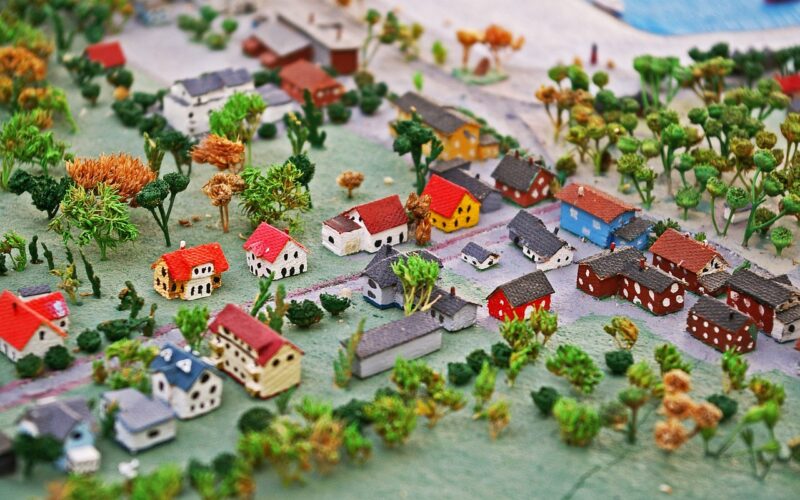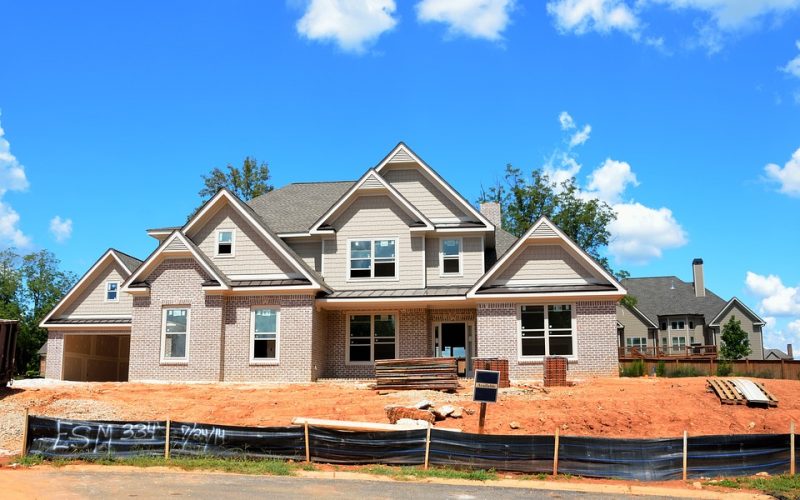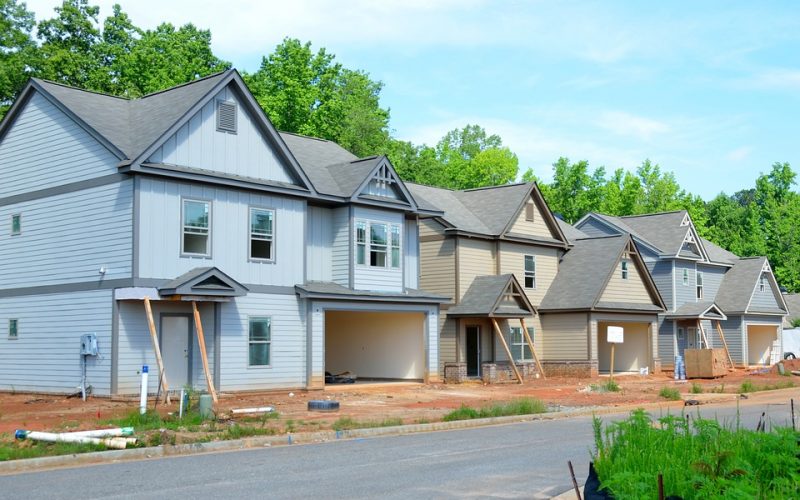The landscape of residential housing is continually evolving as developers are increasingly picking up parcels of land for the purpose of building modern homes. This trend is both a response to the growing demand for housing in urban, suburban, and even rural areas, and a reflection of the economic opportunities perceived in the property development sector.
The strategic acquisition of land
Land development starts with the strategic acquisition of land, a process that involves careful consideration of location, zoning laws, and market demand. Developers are on the hunt for spaces that not only fit the logistical needs of construction but also the socio-economic demands of the market. They prefer lands that are easily accessible, ideally connected by roads and public transport, and within the vicinity of amenities like shops, schools, and recreational facilities. Attracting potential homeowners hinges on these fundamental aspects.
Planning and development
Once the land has been acquired, the next phase is planning and developing the parcel into a residential community. Architects and town planners are brought in to design homes that complement the modern lifestyle while keeping in mind sustainability and efficiency. This phase includes addressing the environmental impact, which is a growing concern among the populace. Thus, eco-friendly features such as green spaces and energy-efficient buildings are no longer just trends but necessities for forward-thinking developers.
Building homes that cater to a diverse market
In building homes, developers must cater to a wide range of homebuyers. This means constructing a variety of housing styles, from single-family homes and townhouses to condominiums and apartments, catering to different preferences and budgets. It's crucial for developers to research the needs of the local market to ensure that the homes they build meet the expectations and demands of prospective homeowners, all while maximising their return on investment.
The economic ripple effect of new developments
The construction of new homes in a locality can have a substantial economic ripple effect. It can lead to job creation, not only during the building phase but also through subsequent growth in local businesses that cater to the new residents. Retailers, service providers, and other small businesses often flourish in the wake of significant residential development.
Challenges faced by developers
Yet, the path of land development and home building isn't always smooth. Developers face numerous challenges, such as navigating bureaucratic red tape, dealing with community opposition to new development, and managing the rising costs of labour and building materials. They must also adapt to the complexities of the modern housing market, which includes fluctuations in demand and the changing needs of the population, such as the increasing desire for homes that accommodate remote working.
Looking to the future
The purchase of land by developers and the subsequent building of homes is a multifaceted process that reflects wider economic trends and community needs. The future of this sector will likely see an even greater emphasis on sustainable development, smart homes equipped with the latest technology, and community-driven planning that seeks to foster a sense of belonging among residents. The ability of developers to anticipate and meet these evolving standards will determine their success in a competitive housing market.























